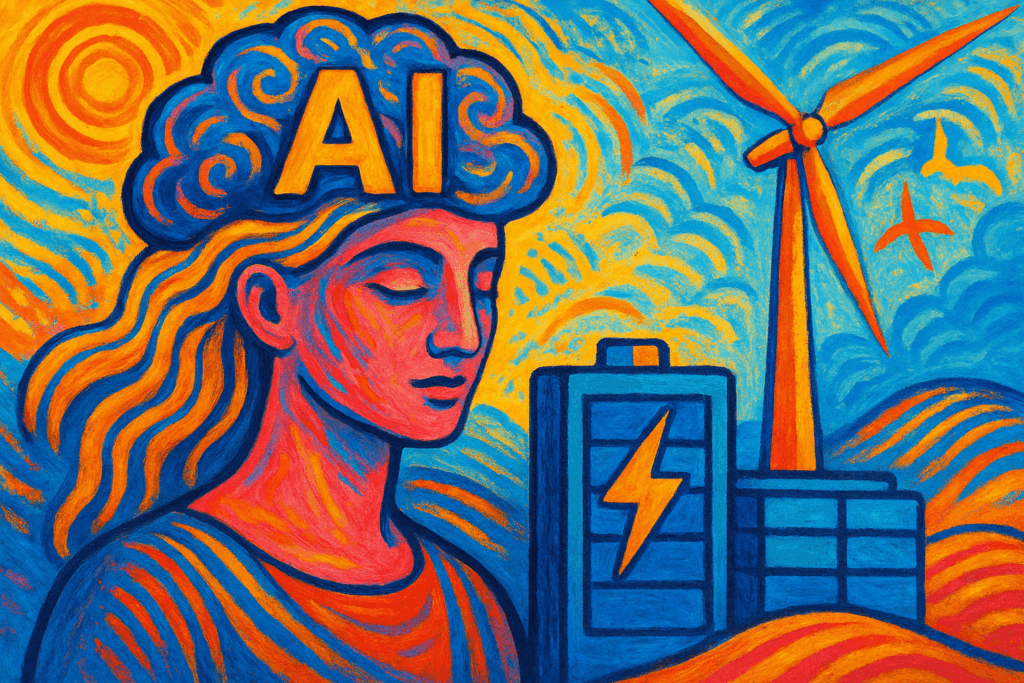The “Power Wall”: A Looming Crisis
Beyond Moore’s Law
Artificial Intelligence is transforming industries, but its rapid development comes with a soaring energy appetite. The energy consumption associated with AI systems is growing exponentially, far outpacing the efficiency improvements traditionally expected from Moore’s Law. This creates what experts refer to as a “power wall,” where electricity demand from AI threatens to overload existing energy infrastructure. Without immediate strategic action, this trajectory risks straining global power grids and challenging climate goals.
Pathways to Sustainable AI Energy
Technological Innovations
To moderate AI’s expanding energy footprint, advances in energy-efficient chip designs and smarter algorithms play a vital role. The shift of computation to edge devices reduces burdens on centralized data centers and lowers overall energy use. These technical steps improve performance-per-watt ratios, yet they alone cannot offset the scale of AI’s growth.
Policy and Grid Integration
Comprehensive policy frameworks such as the EU Chips Act now extend beyond manufacturing support to include energy efficiency and incentives aimed at sustainable AI deployment. Effective management of AI’s electricity consumption needs to integrate computing infrastructure with power generation, storage, and grid flexibility. Robust energy storage solutions are central to balancing supply fluctuations while matching AI demand peaks. Storage systems enable smoother grid operations, allowing renewable energy sources to accommodate the high loads AI requires.
A Collective Call for Action
Tackling the energy demands of AI requires collaboration across sectors. Research institutions like the Casimir Institute and TU/e, industry leaders such as ASML, imec, and NXP, together with government bodies including the EU Microelectronics Unit, must coordinate efforts. Aligning AI ambitions with sustainability is a systemic challenge that calls for shared responsibility in developing policies, technology, and infrastructure. Only through this collective commitment can AI’s transformative potential be realized without compromising energy security and environmental goals.




